Unveiling the Canadian Fast-Food Chain Location Data Scraping for Market Analysis

Over the past five years, the Canadian fast-food industry has experienced significant growth despite evolving consumer preferences and heightened competition—the sector projects to sustain this momentum, with an anticipated annualized growth rate of 4.4%.
We conducted an in-depth analysis by scraping fast food chain data in Canada, including Tim Hortons, KFC, Subway, McDonald’s, Starbucks, Dairy Queen, Dominoes, Pizza Hut, Wendy’s, and Burger King.
Key Insights:
Tim Hortons emerges as Canada’s largest fast food chain, boasting a formidable presence with 5532 stores nationwide.
Toronto emerges as the city with the highest concentration of fast food locations in Canada, hosting 870 stores.
Ontario leads among Canadian provinces with the highest number of fast food locations, with 5,536 stores.
These findings, obtained through scraping fast food chains’ data, offer valuable insights into the industry’s landscape, aiding strategic decision-making and highlighting opportunities for growth and expansion.
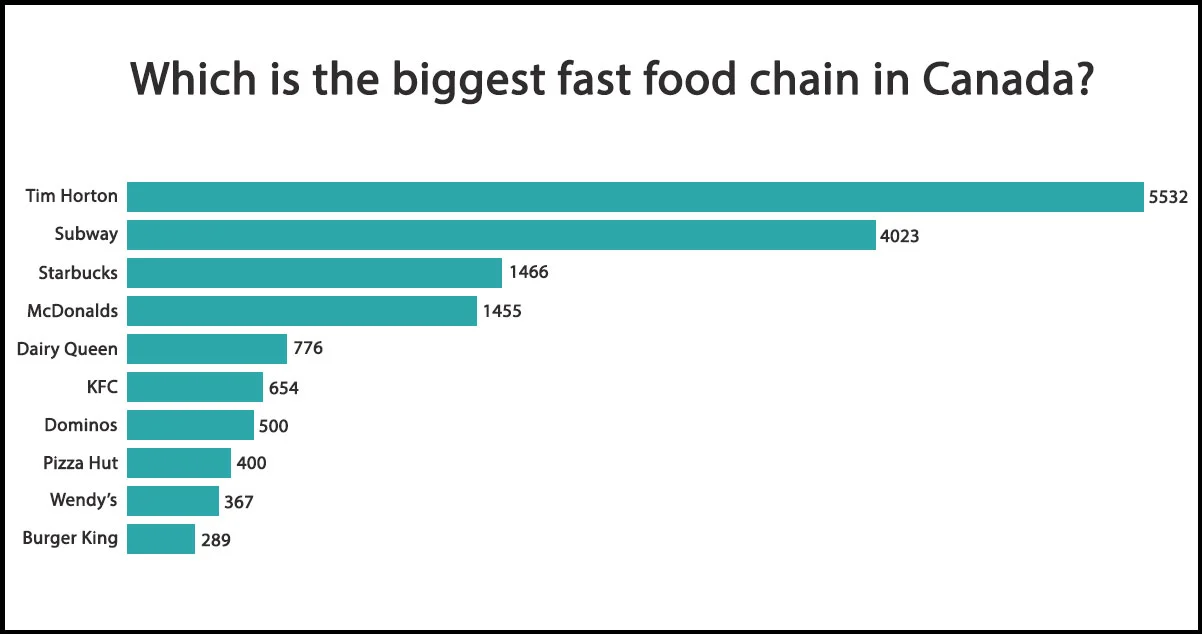
By scraping restaurant data, we found that Tim Hortons asserts its dominance as Canada’s premier fast-food chain, boasting the most significant footprint with a formidable network of establishments. Following closely behind is the renowned sandwich giant Subway, securing the second position with an impressive tally of 4023 locations nationwide.
However, the correlation between the sheer number of fast-food locations and revenue generation can be more complex. Despite Subway’s extensive reach, it’s worth noting that revenue metrics reveal a different story. McDonald’s and Starbucks, two industry titans, surpass Subway in revenue earnings despite potentially having fewer physical locations.
It underscores a crucial point: while the breadth of presence is undoubtedly essential for market saturation and accessibility, the revenue performance of fast food chains is due to various factors beyond sheer location count. Brand loyalty, menu innovation, pricing strategies, and customer experience are pivotal in determining sales figures.
In essence, while the number of outlets serves as a significant indicator of market penetration, it’s the strategic execution and overall brand performance that truly dictate financial success in the competitive fast food landscape.
Cities in Canada with the Highest Concentration of Fast Food Locations
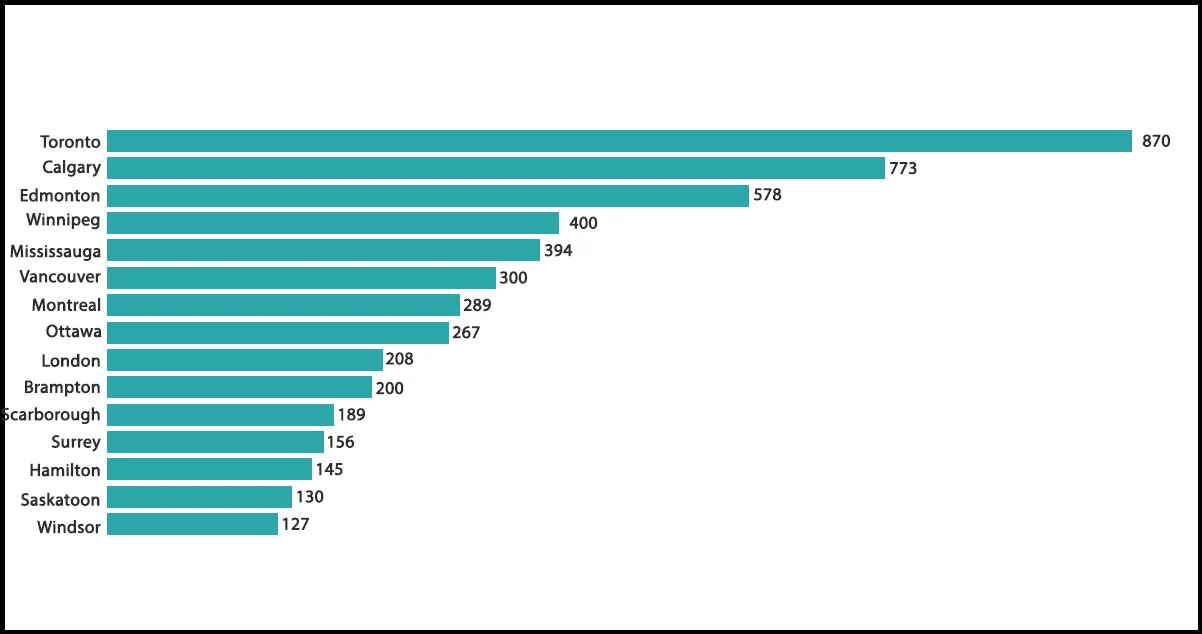
Our restaurant data scraping services found that Toronto emerges as the indisputable leader among Canadian cities, boasting the highest number of fast food chains with a staggering 870 stores. Following closely behind is Calgary, with 773 establishments, and Edmonton, with 578, securing notable positions in the fast food landscape.
Ontario stands out as the province with the most significant presence of fast food locations, surpassing all others in the country. Impressively, out of the 15 cities highlighted in the data chart, six are situated within Ontario, underscoring the province’s dominance in accommodating these popular dining options.
This distribution highlights the robust demand for fast food offerings across major urban centers in Canada, particularly within Ontario’s vibrant market. The concentration of fast food chains in these cities signifies the accessibility and popularity of such dining options among residents and visitors alike, reflecting broader consumer preferences and market dynamics.
Locations of Tim Hortons Across Canada
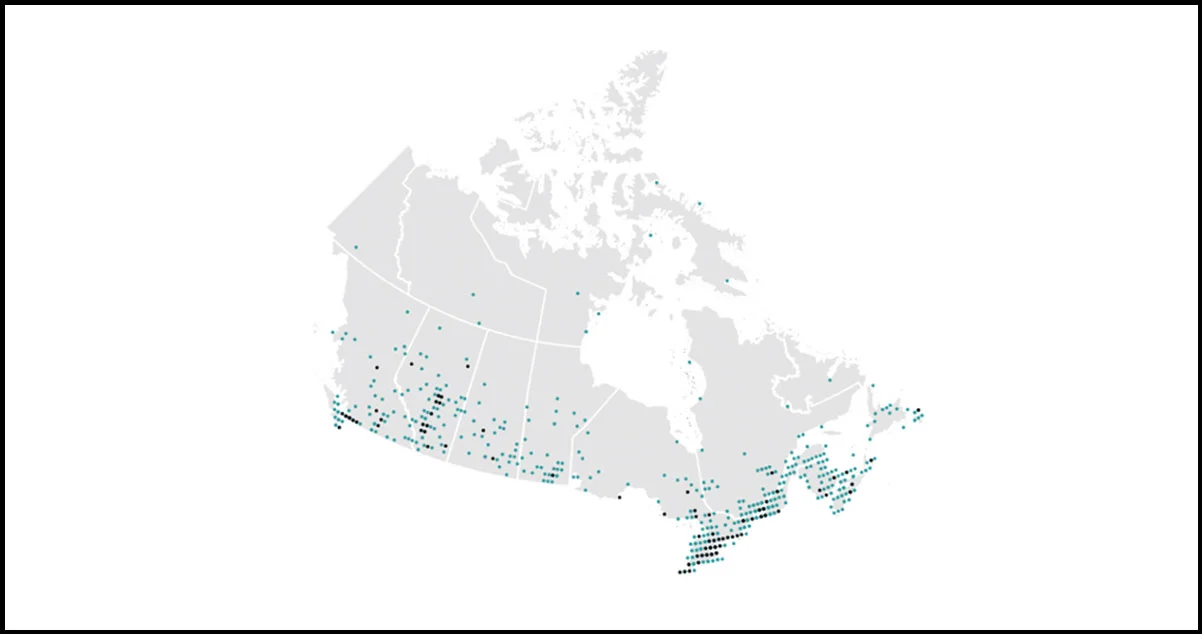
Synonymous with Canada’s coffee culture, Tim Hortons maintains a robust presence nationwide, boasting 5532 locations. Ontario has the highest concentration of Tim Hortons outlets, with an impressive count of 3,070 stores. Following closely behind is Quebec, with 675 locations, and Alberta, with 400 establishments.
Despite its iconic status, Tim Hortons faces formidable competition in the evolving coffee market. Over time, Starbucks and McDonald’s McCafe have emerged as strong contenders, capturing a considerable portion of the coffee market share from Tim Hortons. This shift underscores the dynamic nature of the industry and the need for Tim Hortons to adapt and innovate to maintain its competitive edge amidst increasing competition.
Canadian Subway Store Locations
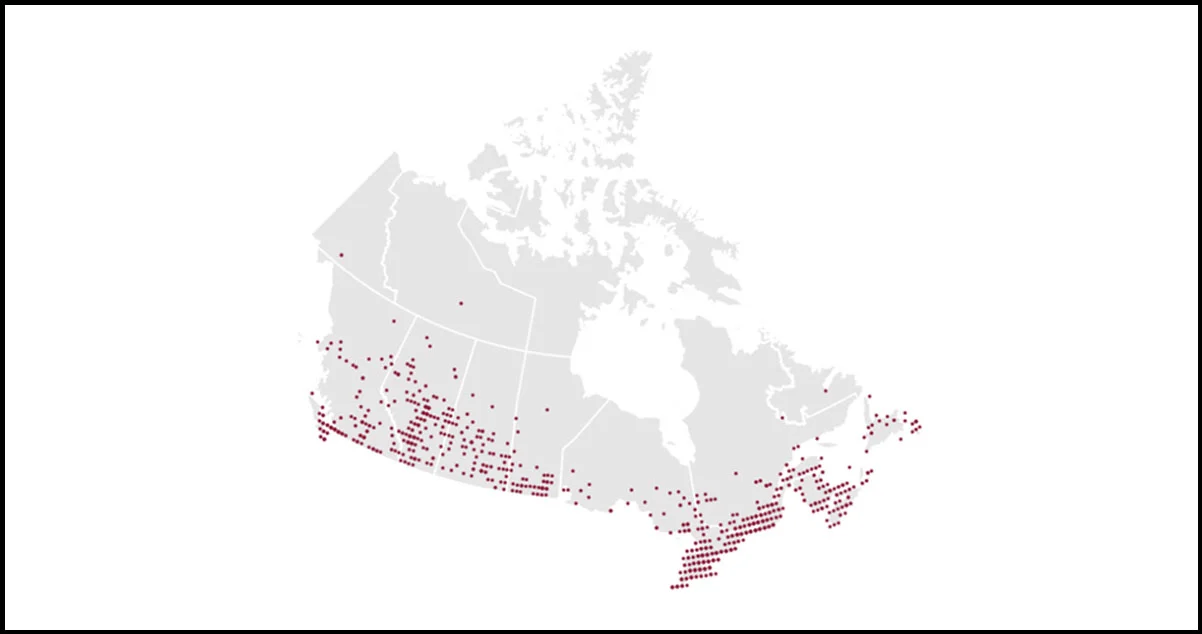
In Canada, Subway boasts a robust presence with 4023 locations nationwide. Ontario holds the lion’s share with 1,010 outlets leading in store count, followed by Quebec with 628 and British Columbia with 332. Globally, Subway is the largest fast-food chain based on its extensive store network.
Starbucks Stores Across Canada
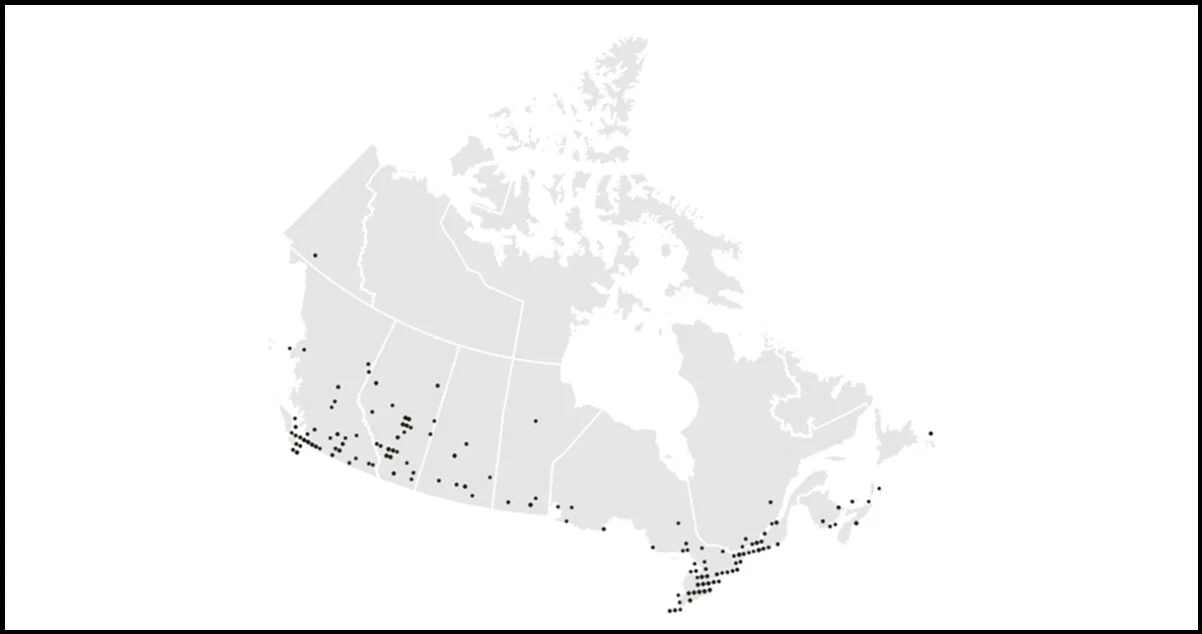
In Canada, Starbucks boasts a network of 1,466 locations, with Ontario leading the pack at 601, followed by British Columbia at 308 and Alberta at 291. Toronto stands out as the city with the most outlets, representing 12% of the country’s total Starbucks presence.
While Canada ranks second globally in Starbucks store count, surpassing the US in per capita coffee consumption underscores its significance in the coffee market.
McDonald’s Outlets Across Canada
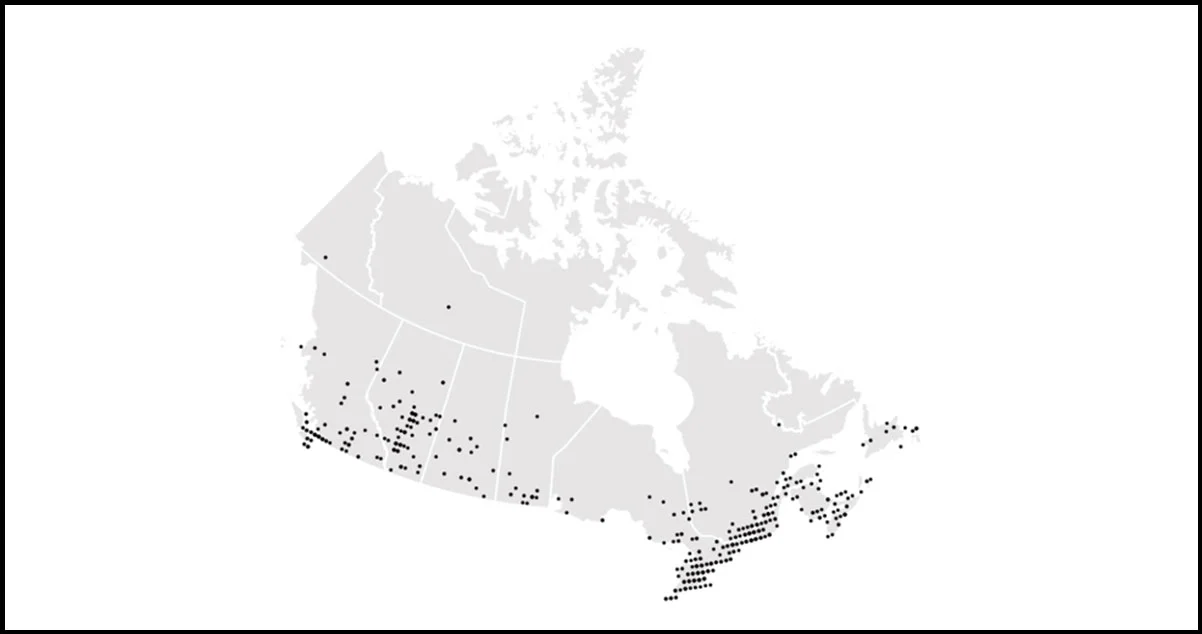
In Canada, McDonald’s operates 1,455 restaurants, marking an 80-store uptick since 2018. Ontario with 500, Quebec with 304, and British Columbia with 197 outlets are leading the pack.
McDonald’s continues its innovative approach by introducing its plant-based burger, developed in collaboration with Beyond Meat, to select locations in Ontario, catering to evolving consumer preferences for alternative protein options.
Dairy Queen Outlets Across Canada
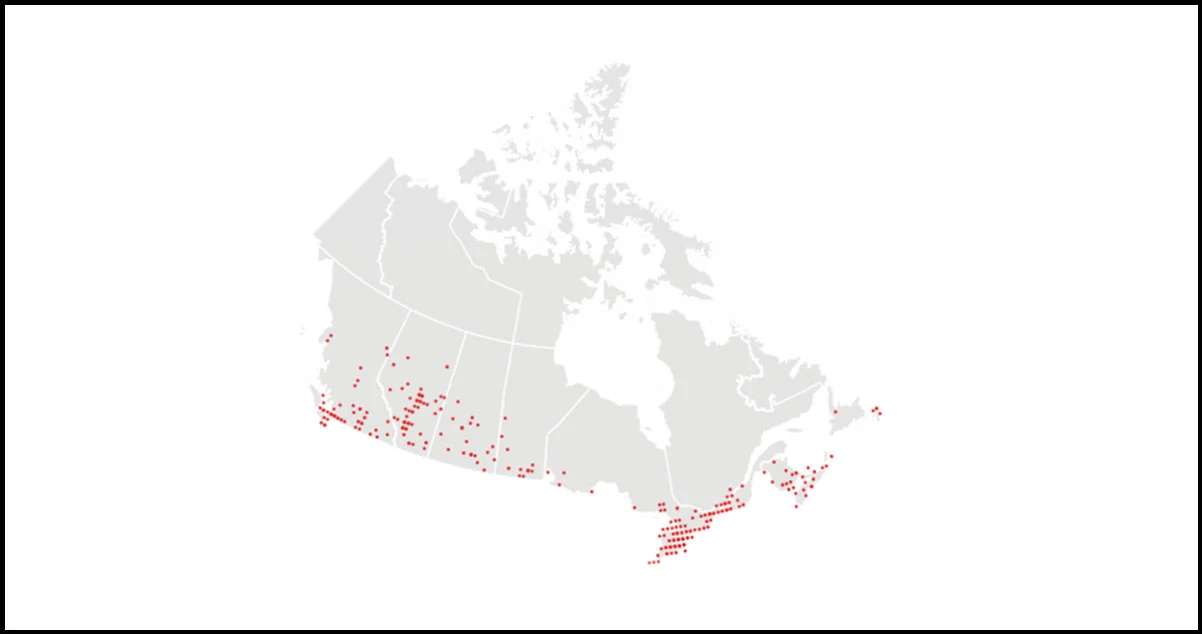
Dairy Queen, renowned for its ice cream and hamburgers, boasts 776 locations across Canada. Ontario leads with 117 outlets, followed by Alberta with 180 and British Columbia with 117.
Canada claims 10% of Dairy Queen’s global outlets, underscoring its significant presence in the country’s culinary landscape.
Kentucky Fried Chicken Outlets Across Canada
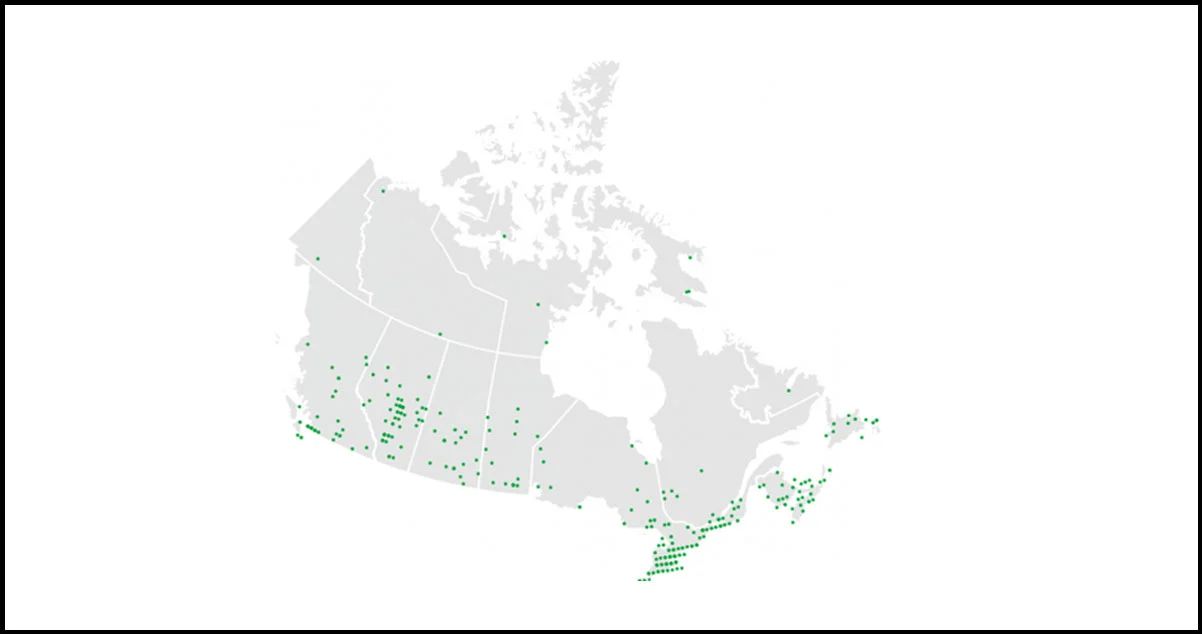
KFC, with 654 outlets in Canada, dominates the fast-food landscape. Ontario leads with 258 locations, followed by Alberta with 90 and British Columbia with 61.
In a strategic move to boost digital sales, KFC has broadened its online ordering avenues. Through Google Search and Maps, customers can conveniently place orders for pick-up or delivery without navigating to KFC’s website or a separate food delivery app, aligning with the brand’s goal to surpass offline sales with digital transactions.
Domino’s Pizza Outlets Across Canada
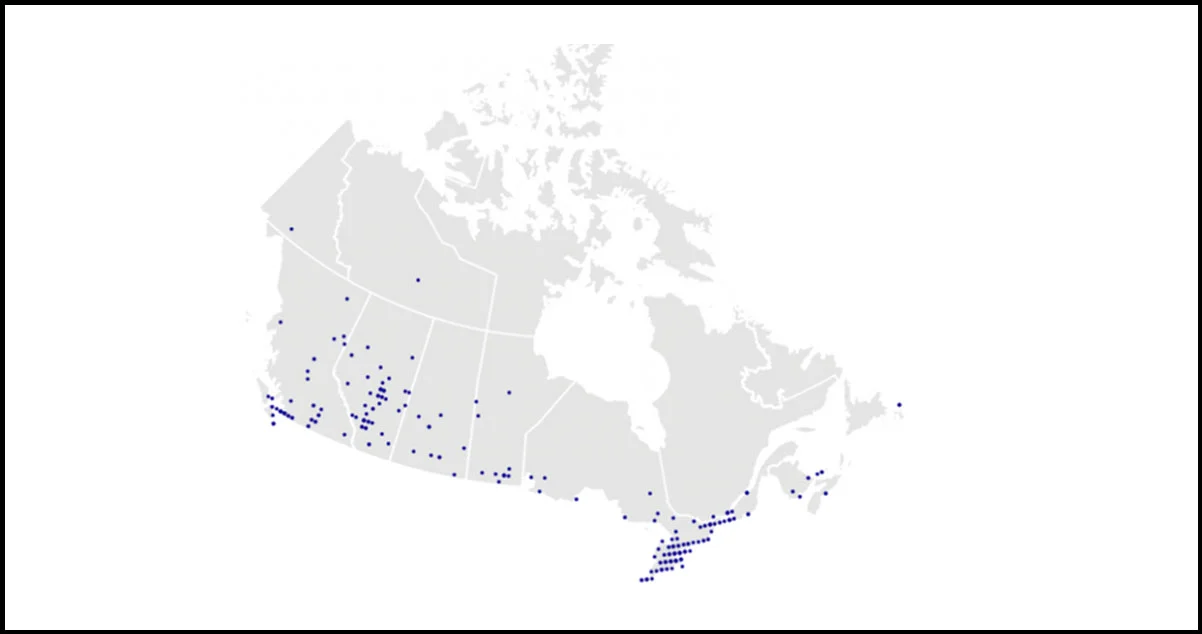
Domino’s Pizza operates 500 locations across Canada, with Ontario leading the pack at 240, followed by Alberta with 80, and British Columbia with 75 outlets.
Pizza Hut Outlets Across Canada
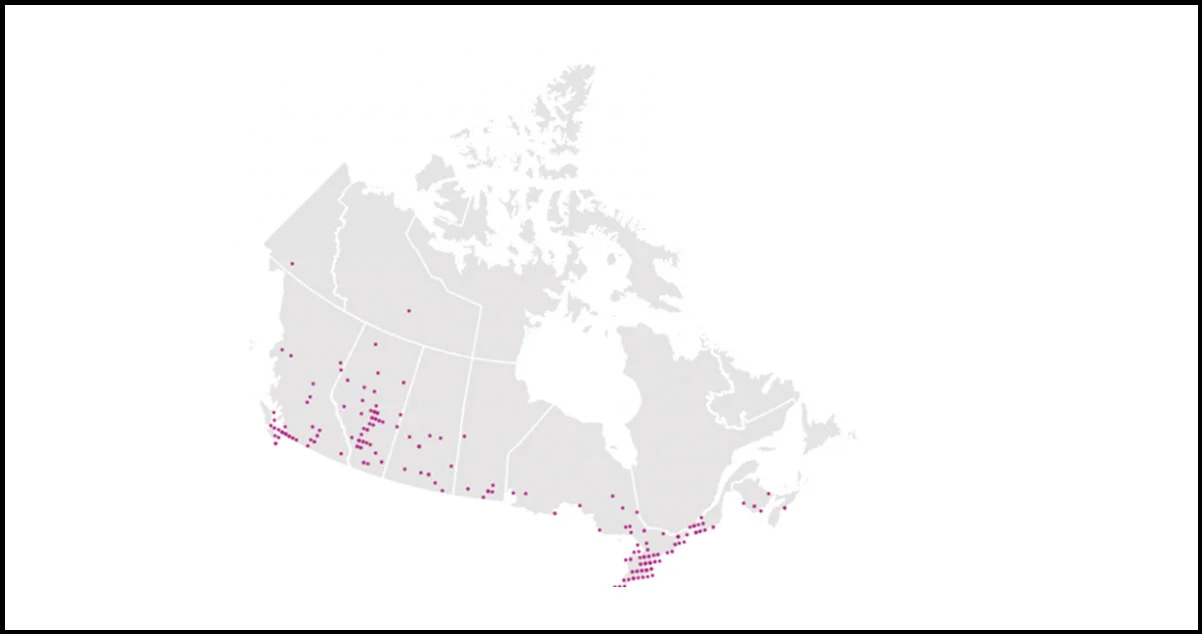
In Canada, Pizza Hut boasts a total of 400 locations, with Ontario topping the list at 158 outlets, followed by Alberta with 80 and British Columbia with 77.
Wendy’s Outlets Across Canada
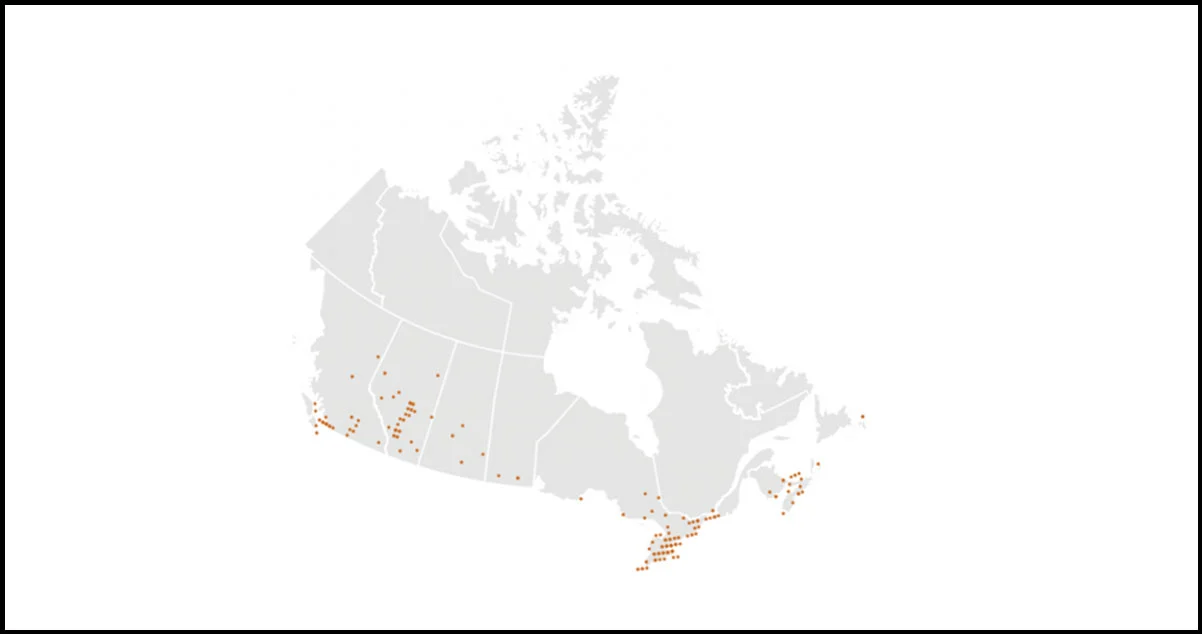
In Canada, Wendy’s maintains a network of 367 locations. Ontario leads with 195 outlets, followed by Alberta with 70 and British Columbia with 51 locations.
Burger King Outlets Across Canada
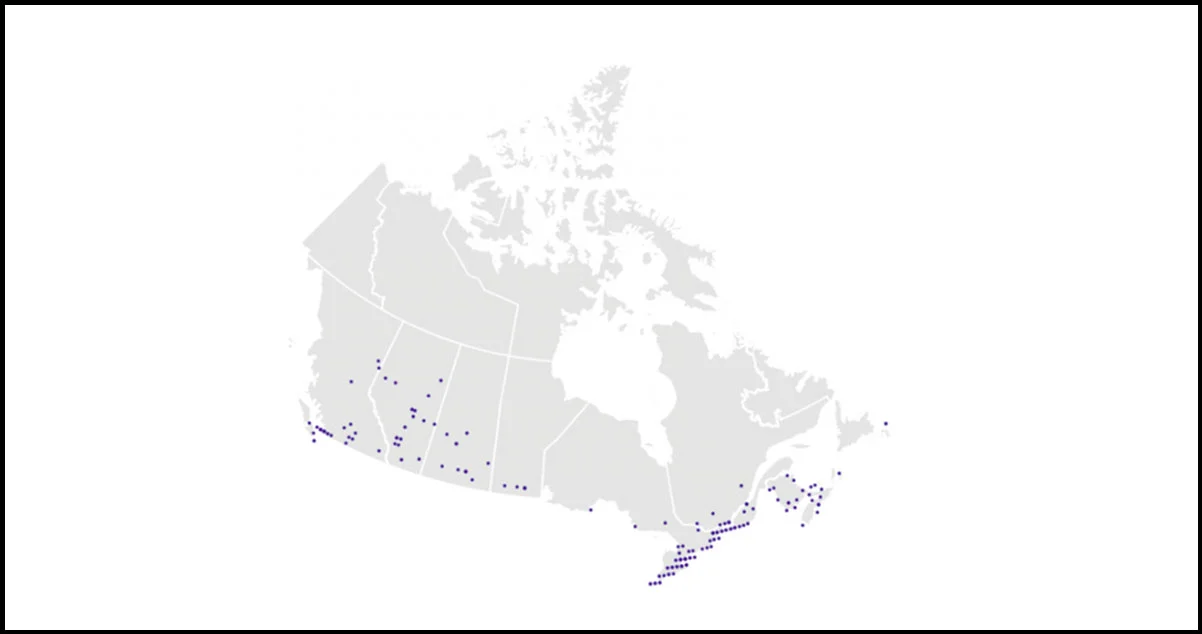
Burger King operates 289 locations across Canada, with Ontario leading the count at 120, followed by British Columbia with 41, and Quebec with 32 outlets.
Restaurant Brands International, Burger King’s parent company, has ambitious plans to expand its presence in Ontario and Manitoba by opening 100 new stores within the next five years, showcasing a strategic growth initiative in key Canadian markets.
Canadian Fast Food Embraces Sustainable Dining Trends with Plant-Based Offerings
There’s a notable shift in Canadian consumer dining habits towards environmentally-friendly choices. Fast food chains are adapting by offering healthier, sustainable options. Plant-based foods have gained popularity, with many chains introducing Beyond Meat sandwiches, including Starbucks, McDonald’s, and Subway. In January 2020, Impossible Foods gained approval in Canada, allowing Burger King to offer the Impossible Whopper. With increasing interest in plant-based diets, fast food companies have an opportunity to innovate and cater to evolving consumer preferences.
Stay ahead of evolving consumer trends in Canadian fast food with our comprehensive location analysis! Explore the shifting landscape of popular chains and uncover valuable insights to drive strategic decisions. Plus, leverage the power of retail store location data scraping to gain a competitive edge in understanding market dynamics. Don’t miss out on the opportunity to stay informed and make informed choices for your business growth. Get started now!
know more>>https://www.iwebdatascraping.com/canadian-fast-food-through-restaurant-data-scraping.php
tag:#CanadianFastFoodChainLocationDataScraping,
#ScrapeCanadianFastFoodChainLocationData,
#ExtractCanadianFastFoodChainLocationData,
#CanadianFastFoodChainLocationDataScraper,
#CanadianFastFoodChainLocationDataExtraction,
